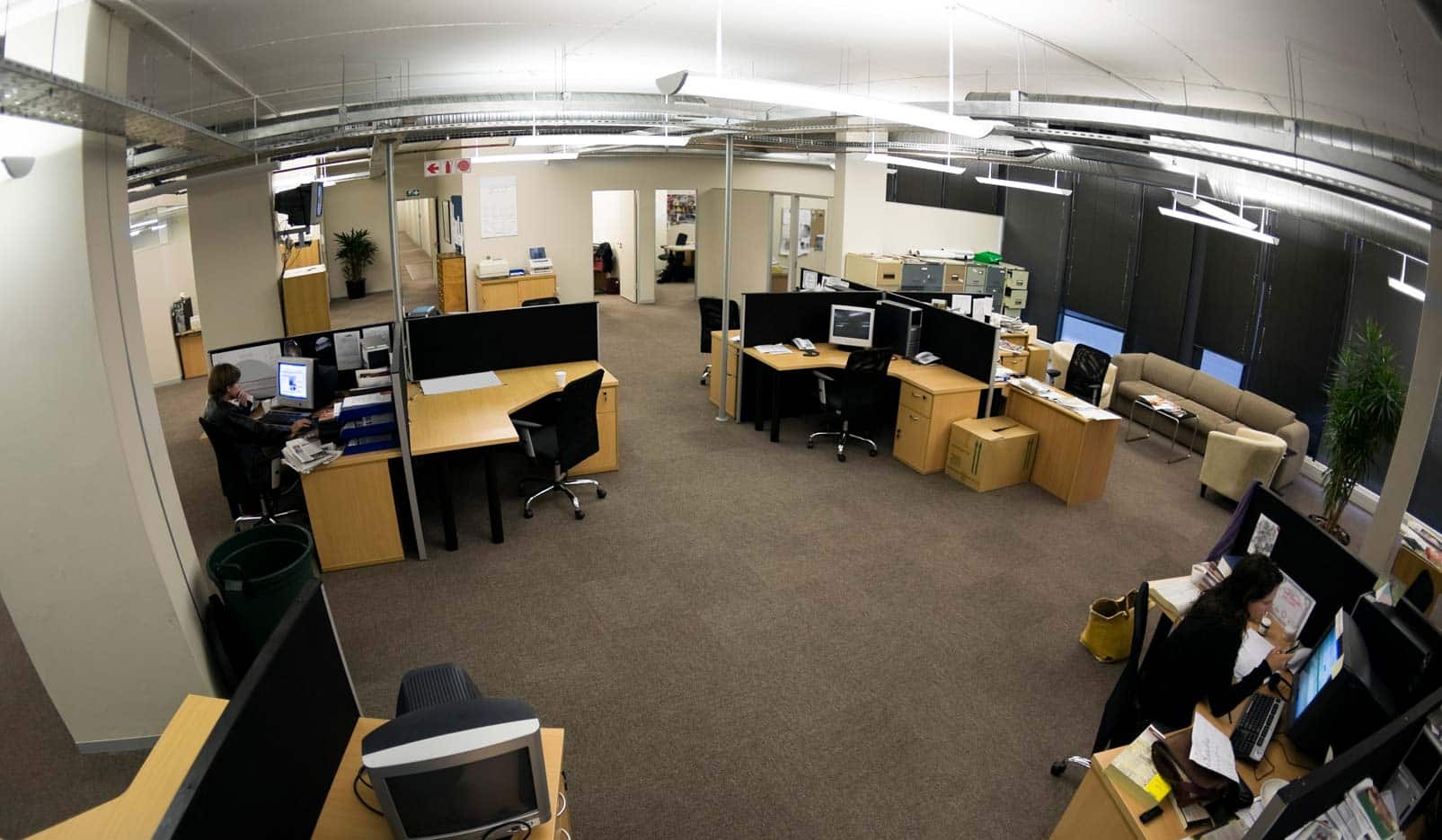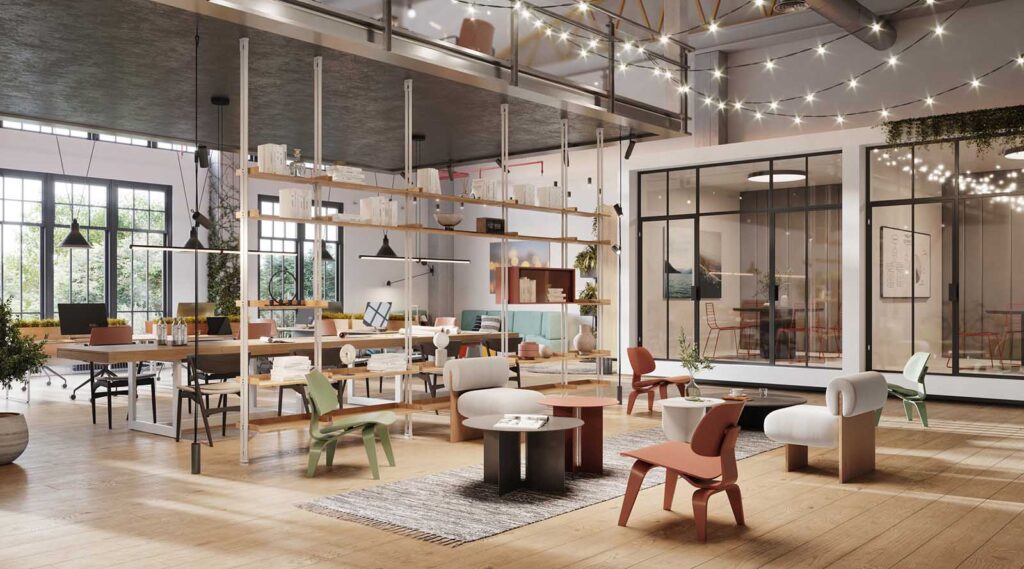Is Your Office Design Harming Your Business?
No Place for Privacy
Open offices are the new norm for many companies. However, while some businesses have thrived on this new environment, some companies have run into problems because everything is out in the open. The result is an inconvenient lack of spaces for private conversations or meetings, and workers who are unhappy with the noise level around them. To prevent the latter problem, Jane Hodges of CBS Money Watch suggests that companies use lowered walls where workers can have privacy if they need it, but also easily talk to their co-workers without having a large barrier between them. To address the lack of meeting space, companies should have at least a few rooms where groups can hole up and talk about their ideas.
Too Much Space
While having a large and open office may seem appealing, it could turn out that you have too much space, and you’re losing money because of it. For example, insurance company Washington Health found that its workers often spent more time in meeting rooms, the nearby Starbucks, or other company buildings than they did in their home facility. The time workers spent in their own buildings? 40 percent. For the executive director of administrative services, that number was even lower, at 5 percent. Think about the nature of your company’s work, and adjust for it accordingly. You may find that since so many people come and go, temporary workspaces would make more sense.
Departments Are Separated
Another case study of poor office design: In 2006, GE Commercial Finance was experiencing problems with the time it took to process loans, because of its office design. Some “22 different handoffs” and two miles of walking were involved. Why? Loans had to pass between departments on different floors and even different buildings. The company decided to create “cross-functional teams” and also relocated some workers so that the entire process would become easier. And it worked—what previously took 22 handoffs was reduced to 7, and a process that stretched over several months dropped to just a few weeks. The lesson here is to be aware of your company’s processes and make note of who’s situated where. If you find that people need to be moved around, you can use OfficeSpace Software to see where you should place different workers.
All of these examples show how crucial office layout can be for supporting workers and their productivity. Before you sign on the dotted line for that office with more square feet than you know what to do with, or plan for an office with no conference rooms, remember that anything in excess can do more harm than good. If these layouts sound like they already describe your office, though, speak with different team members about their workflows, and use that information to make improvements. Bad office design can have negative consequences, but with some time and analysis, you can resolve these issues and make the office a much better place to work.




